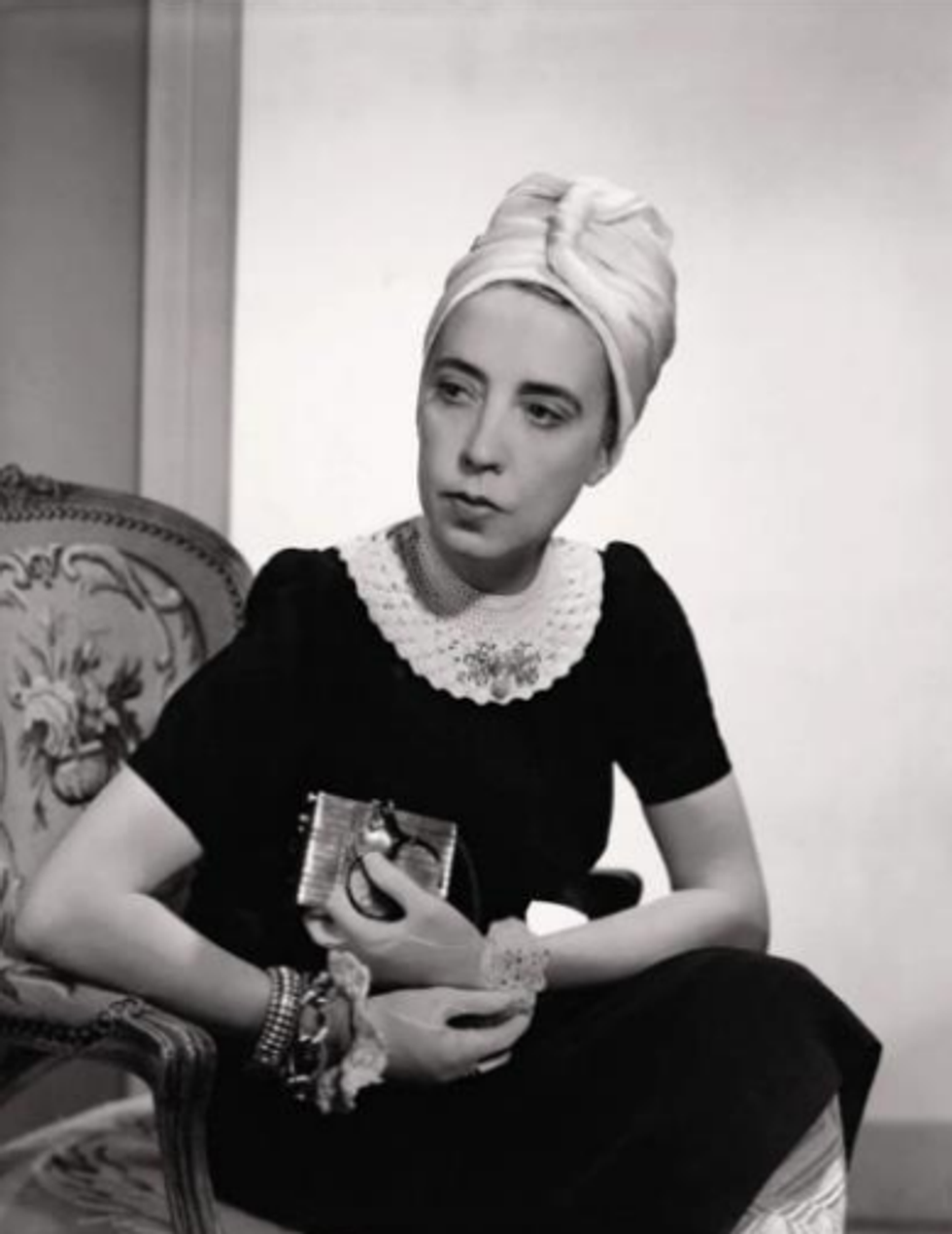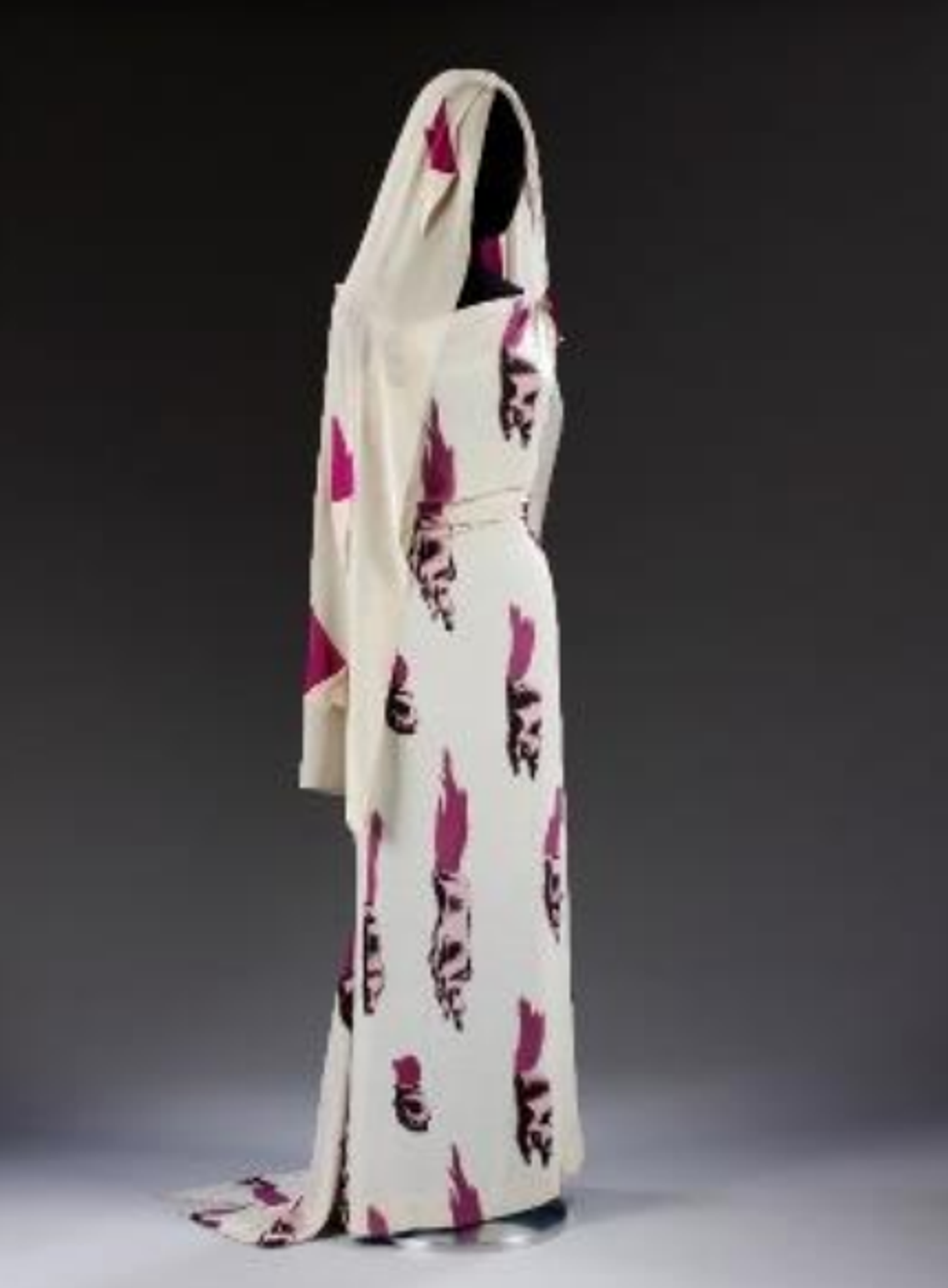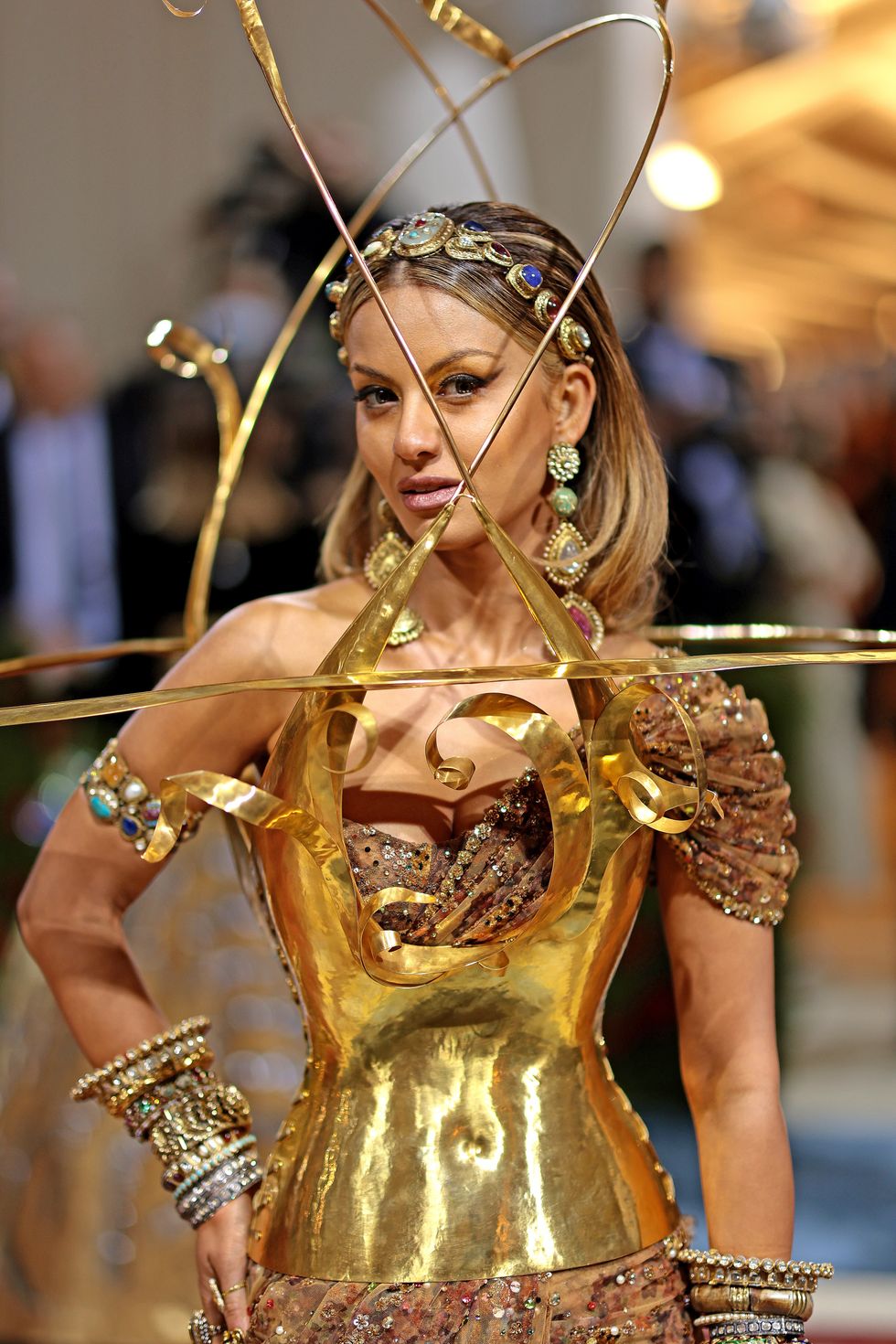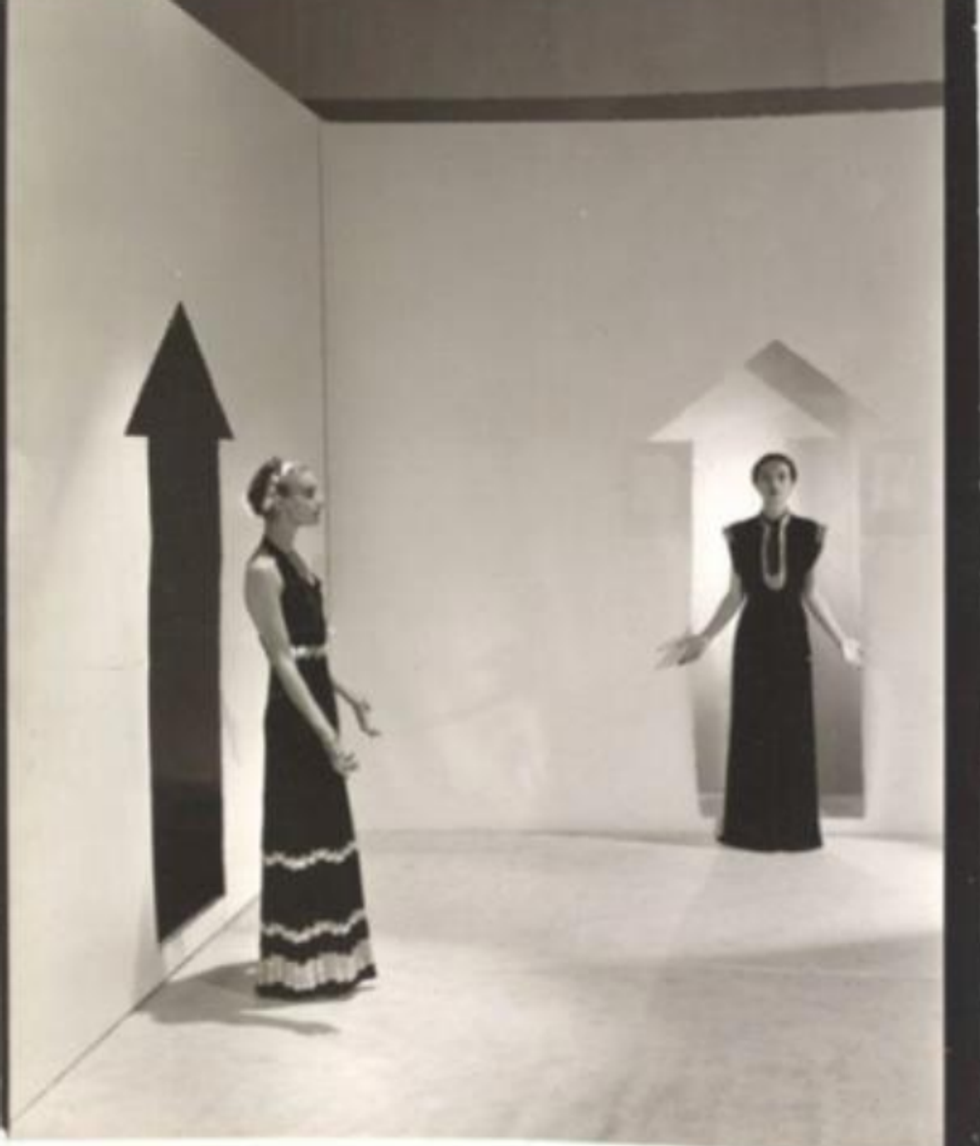Ranvir Singh, the popular presenter of Good Morning Britain (GMB), has recently offered a rare glimpse into her relationship with her younger partner, Louis Church. Despite being one of the most recognisable faces on UK television, Ranvir, 47, has generally kept her personal life private. However, in recent interviews, she has opened up about her relationship with the 29-year-old TV production manager and how he fits into her life, especially with her 13-year-old son, Tushaan.
Ranvir's past: A single mother and new beginnings
Ranvir Singh's journey as a single mother has been a central part of her life story. She was married to Ranjeet Singh Dehal, with whom she tied the knot in 2012. The couple welcomed their son Tushaan later that year. However, after some years, the marriage ended quietly, and it wasn’t until much later that Ranvir confirmed her single status.
She initially “casually confirmed” that she was single during an ITV Breakfast broadcast but didn’t delve into details until a December appearance on Kate Thornton’s White Wine Question Time podcast. There, she shared her experience of becoming a single mother while pregnant with Tushaan and how that shaped her perspective on life and relationships moving forward.
Finding love with Louis Church
Ranvir Singh has been dating Louis Church since 2020. Louis works as a TV production manager, a career path that brought the couple together. They met while working on the popular UK show Strictly Come Dancing, where Ranvir was a contestant, and Louis was part of the production team. The couple’s relationship has garnered attention due to the significant age difference between them, with an 18-year gap. However, Ranvir has dismissed public interest in their age difference, pointing out that what matters most to her is the quality of their relationship and how well Louis integrates into her life, particularly with her son Tushaan.
In a candid interview with Daily Mail’s Weekend Magazine, Ranvir shared that her priority was ensuring that her new relationship would be a positive influence on her son. She explained, “I think when you have a child, the bar is so much higher. You can take risks with your own life, but when you have a son, you have to be sure this is someone who'll be a positive force in his life. And Louis is.”
Ranvir also highlighted how Louis bonds well with Tushaan, engaging in activities such as attending football matches and even going fishing together. For her, this connection between her partner and her son was crucial in deciding to move forward in the relationship. It wasn’t just about her feelings; she wanted to be certain that Louis would be a positive and stable presence in both her and her son's lives.
Balancing love and parenthood
Ranvir has spoken openly about the challenges of navigating a new relationship as a single parent. In an earlier interview with OK! magazine, she explained how much more complicated it is to start a new relationship when you have children. She emphasised the importance of being cautious when introducing a new partner into a child’s life. “Anybody who’s been in the position I’ve been in plays it very cautiously. It really isn’t just about you and your feelings. We can throw caution to the wind for ourselves, but when we have children, our foot is always hovering over the brake pad because you think, ‘Hang on a minute, this isn’t just about me,’” she said.
Ranvir admitted that she had thought long and hard before making the decision to bring Louis into her and Tushaan’s lives. She acknowledged the common anxieties of single parents—concerns about the impact of a new relationship on their child, whether it might take away from the time they have with their child, and how it could alter the family dynamic. “It’s not just about the relationship itself, but even thinking, ‘Have I got the time to introduce somebody? I don’t want to dilute my time with my son,’” she explained.
Ranvir described the process of introducing a new partner to a child as a “much bigger and weightier decision” compared to when it’s just about two adults. For her, the emotional wellbeing of her son came first, and that caution was essential to ensure everything would work out for the best. She noted that integrating a new partner into a child’s life requires much more time and thought than in a relationship without such commitments.
A positive future together
Despite the challenges, Ranvir appears content with her decision to introduce Louis into her life. She described falling in love as a “brave decision,” acknowledging that, as a parent, there’s more at stake when it comes to new relationships. However, she also spoke about the rewards that come from making that leap and how it has brought joy into her life.
Ranvir has made it clear that Louis is a positive influence on both her and Tushaan, which has reassured her that she made the right choice in pursuing the relationship. She remains optimistic about their future together, taking things one step at a time. Her reflections show that for single parents, finding love isn’t just about romance—it’s also about making thoughtful decisions that ensure the happiness and wellbeing of their children.
For Ranvir, the journey of love and parenthood continues,


















 Vogue 1940; Designer Elsa Schiaparelli wearing black silk dress with crocheted collar of her own design and a turbanFredrich Baker/Condé Nast via Getty Images
Vogue 1940; Designer Elsa Schiaparelli wearing black silk dress with crocheted collar of her own design and a turbanFredrich Baker/Condé Nast via Getty Images 'Tears' Evening dress and head veil, designed by Elsa Schiaparelli, February 1938 for Circus Collection, summer 1938. Fabric designed by Salvador Dali Victoria and Albert Museum, London
'Tears' Evening dress and head veil, designed by Elsa Schiaparelli, February 1938 for Circus Collection, summer 1938. Fabric designed by Salvador Dali Victoria and Albert Museum, London Natasha Poonawalla attends The 2022 Met GalaGetty Images
Natasha Poonawalla attends The 2022 Met GalaGetty Images  Vogue 1936; Two models, standing in a white room with arrows painted on walls and wearing dresses by Schiaparelli;Cecil Beaton/Condé Nast via Getty Images
Vogue 1936; Two models, standing in a white room with arrows painted on walls and wearing dresses by Schiaparelli;Cecil Beaton/Condé Nast via Getty Images
